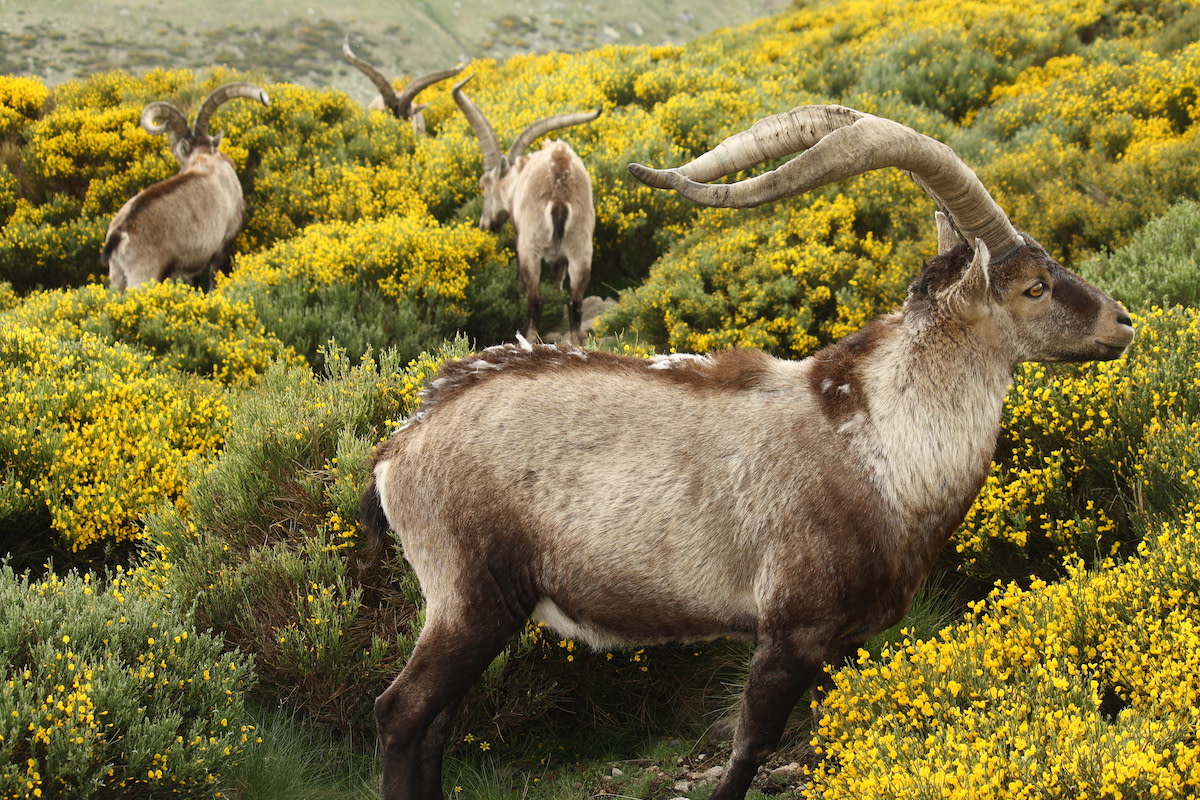Extinct Animals Guide: How Species Become Extinct
Written by MasterClass
Last updated: Jun 7, 2021 • 2 min read
When a living species disappears from Earth entirely, the scientific community declares it extinct.
Learn From the Best
What Is an Extinct Species?
An extinct species is a species with no remaining living members. Extinction can strike any species—including animal species, plant species, bacterial species, and fungal species. Local extinction results when a species no longer inhabits a particular region, yet if that same species occupies another region of the globe, it is not yet extinct. Species teetering on the brink of mass extinction are endangered. There are currently over 32,000 species threatened with extinction.
3 Primary Causes of Extinction
Species extinction has many causes, but in modern times, human activity has accelerated the factors that lead to mass extinctions of different species.
- 1. Habitat loss: Habitat destruction is often accelerated by deforestation when humans clear land for agricultural purposes such as cattle ranching or palm oil plantations.
- 2. Invasive species: Many plant species meet their end when invasive species overrun their native habitat. A twentieth-century example is Dutch Elm Disease—a fungus that wiped out the Dutch Elm trees of the Eastern United States. In this case, the disease only led to a local extinction; Dutch elm trees do exist in other regions of the earth and have even since reemerged in the eastern US. Invasive species may travel long distances when humans transport non-native plants and produce.
- 3. Climate change: As global temperatures rise and oceans absorb more carbon dioxide, many species can no longer survive in their natural habitats. Some migrate in order to survive, while those that cannot face imminent extinction.
8 Examples of Extinct Species
Extinction is not new to the modern era. Species have gone extinct roughout all eras of life on Earth. Extinctions have killed off dinosaurs, woolly mammoths, saber-tooth cats, and dire wolves, and in more recent times, humans have observed extinctions of animals in all corners of the globe.
- 1. Dodo: In 1662, Dutch sailors exploring Mauritius in the Indian ocean were the last to confirm a sighting of a dodo, the fabled flightless bird, before it went extinct.
- 2. Great auk: Although less famous than the dodo, the great auk is also a large, flightless bird. Indigenous to the North Atlantic, the great auk was last seen off the coast of Scotland in 1844 by a group of sailors, who killed it.
- 3. Tasmanian tiger: Native to Tasmania, Australia, and New Guinea, the Tasmanian tiger resembled a cross between a tiger and an Australian canine called a dingo. The last Tasmanian tiger died in captivity in 1936.
- 4. Steller's sea cow: The Steller's sea cow was first observed by Europeans off the coast of Alaska in 1741. Within 27 years, seal hunters and fur traders hunted the sea cow to extinction.
- 5. Passenger pigeon: At one point, billions of passenger pigeons inhabited North America, but after prolonged hunting and deforestation, passenger pigeon populations dwindled. The last one died in captivity in 1914.
- 6. Western African black rhinoceros: Poached to extinction sometime between 2006 and 2011, the Western African black rhinoceros has close relatives that also face severe threats of extinction.
- 7. Pyrenean ibex: Native to the Pyrenees Mountains of the Iberian Peninsula, the Pyrenean ibex died off due to a mixture of poaching and invasive species. The last one is believed to have died in 2000.
- 8. Baiji white dolphin: The baiji white dolphin, (or Chinese river dolphin) is not yet grouped among extinct animals, although none of them have been seen since one was observed in the Yangtze River in 2002.
Learn More
Get the MasterClass Annual Membership for exclusive access to video lessons taught by science luminaries, including Jane Goodall, Neil deGrasse Tyson, Chris Hadfield, and more.
